Unlocking the next wave of regional growth from India: Httpool
A decade ago, Httpool, the largest international partner of global media platforms, entered the APAC region, opening their first office in India. After partnering with IMS-Sony in 2017, the company now has a presence in over 45 countries in Europe, Asia, and Latin America and exclusively represents over 20 of the world’s biggest digital platforms.
The company's business model is to partner with global media platforms, such as Twitter, Facebook, LinkedIn, Snapchat and others, to provide access to local markets, both emerging and developed. They offer local businesses access to global media platforms and offer them service, support, best practices, and methodology to utilize those platforms to the fullest.
Today, Httpool represents the top 20 media platforms is most of their markets, including Facebook, Twitter, Snapchat, Spotify, and LinkedIn. In conversation with Adgully, Sunny Nagpal, Co-founder, and Regional Managing Director, Httpool APAC charts the decade long journey in the APAC region, Covid-19 impact on digital advertising growth opportunities unlocked via the IMS-Sony acquisition.
You've been present in the APAC region for a decade. While initially, you may have seen a tremendous growth rate, what's the growth rate now that the market is relatively mature?
We continue to grow exponentially across the globe. Since 2017, we've grown 15-20 times compared to three years ago. The strategic acquisition by IMS-Sony has led to significant growth. The global partnerships, improvements in infrastructure, and economies of scale allowed us to scale significantly. We saw double-digit growth last year. This year due to COVID, we're not growing exponentially, but we still see YoY growth even though the economy is contracting, and advertising has shrunk.
What has been the journey in India? How have you adapted to the dynamic digital environment?
When we launched in 2009-10, digital advertising was still nascent, and we had established as an ad network back then. Eventually, technology became a commodity, and between 2010 and 2012, we saw many ad networks come up. With technology becoming readily available, even the agency started buying through trading desks and DSPs to access the long tail supply. The model of the ad network started diluting. We kept pace with the market and started evolving our business model.
We always believed that by establishing a solid presence in emerging markets, we will be able to acquire representations of global media networks. In 2014, we moved into the representation model. Soon, we became an exclusive/authorised sales partner of these players, getting pseudo ownership of the inventory and direct access to these large platforms. Since then, we've been firmly positioning ourselves as go to ad sales partners to these players, as we still continue to focus on building technology, the industry and business's backbone.
We've been developing proprietary tools, utilizing supply chain systems to further lend value to these partnerships that deliver efficiency and effectiveness for large campaigns and small campaigns alike through advertising on these platforms. We recently launched our proprietary technology Wise. Blue and this innovative tool have been recognized as the No. 1 tool when it comes to performance advertising on Twitter. We even received an official Twitter API partner badge for it.
Where does India stand within the APAC region? Is it your biggest growth market?
India is the largest market; however, earlier this year, we were awarded with Facebook authorised sales partnerships in four countries in the region. In future, we're anticipating that some of the Indo-China (Myanmar, Cambodia, Laos) markets along with Bangladesh could be the largest markets for us in Asia. While we have local country management in these markets, we continue to provide management support out of india offices. We're seeing a lot of talent development happening from India as India acts as a regional office being a significant talent hub.
According to reports, digital is now 30% of the AdEx. As someone who's been in the India market for a decade working closely with media platforms, how did clients view digital integration?
Digital has to take upon the mandate of convergence of all media because of the platform's dual nature in terms of interactivity and consumer feedback that you can generate instantly. This is what we see now. For traditional media, moving towards digital is only acting as a convergence point for them. Earlier, the thinking process itself was very linear. Brands were thinking about all channels independently, and even digital was approached via different channels. Social media, mobile, search, and video were all considered separately. The consolidation of the approach and all the tracks has been driven by digital because of this platform's nature, measurable, accountable, and data interpretation in a quantitative form. Most other media formats are more qualitative than quantitative. This is a platform that will enable you to have quantitative metrics, and you can build more qualitative understanding and analytics to have a more integrated understanding of the consumer mindset. If consumption is happening on platforms enabled by digital architecture or the infrastructure becomes digitized, you can serve ads in real-time and allow the reverse mechanism of getting information from the user.
Where do you see the next opportunity for growth coming from in India?
We're looking at further consolidating our position, adding more markets to the region, and at the same time, we're looking at adding the segment of SMBs. We are developing AI-driven technology that simplifies everything for SMBs and allows them to advertise more seamlessly. It would be intuitive in the sense that the platform would send them recommendations on where they should be looking, what they should be looking at. We are hoping to launch by the end of this year or early next. The platform will help you define your business objectives, marketing objectives, campaign objectives, and recommend platforms and channels. Then it will monitor the campaigns through AI and optimize the campaigns using our technology. In the end, it will report the metrics that are relevant to you rather than a data dump on the 20 different things you can track on the platforms. The SMBs don't care about so many metrics; for them, is calculation the RoI of the campaign. The mom and pop stores will be able to relate to the advertising dollars spent on the business and weight it in real-time.
The Lockdown led to a surge in consumption of digital and traditional media. Did you see advertising dollars follow on digital platforms?
Most large media platforms allow advertisers to bid for their inventory. Bidding is a function of both demand and supply. Typically, while there is a floor price on most platforms where the price doesn't go below those levels, it drives the price up when the demand is more. In the COVID period, some industries were shut entirely. Even if brands wanted to advertise, they didn't have products to advertise because they could not deliver. They wanted to take a thoughtful, careful approach and wait and watch before they advertise. That led to relatively lower demand. The ad industry contracted severely in April-May according to many reports you may have read. So, demand was low, and we saw people stay at home and consume digital platforms, so supply shot up. This disrupted the demand-supply equilibrium, and the prices came down on most of the platforms, on most of the keywords and relevant targeting in the last few months.
Although the unit prices came down, most of the brands shifted budgets from traditional media to digital media, so the spending increased, which means that some of the platforms did make more money during Lockdown. The movement of budgets from traditional to digital made up for the unit prices falling.
How has partnering with IMS-Sony helped you expand your operations?
In 2017, Sony Pictures Networks backed IMS represented large global platforms in Latin America and Western Europe, and we had a complementary position in Europe and Asia. When such strategic mergers occur, there is a lot of consolidation of strengths, positions, and best practices. Imagine a Silicon Valley company that wants to expand across 35-40 markets across the globe, and we can offer them a single contract to execute that. That created a geo expansion leverage across a diversity of markets. There were a lot of emerging and developed markets in Latin America and Europe. We could apply the learnings from the developed markets that helped us plot growth curves and use them in emerging markets to jump ahead of the curve.
The amazing news is, however, that a bit over a year ago, the IMS-Httpool partnership could afford to buy back our majority stake from Sony. Now, we are independent in our decisions with an amazing track record and demonstrated interest in our business by the biggest players on global markets. We are extremely proud of this. We have done great and big things in the past decade in APAC and two decades in the world. And we are on a way to even greater things.





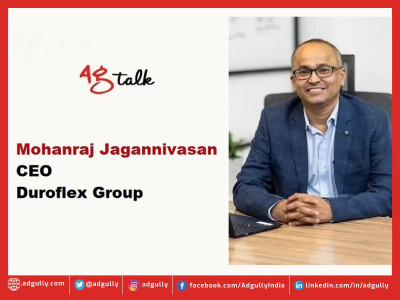
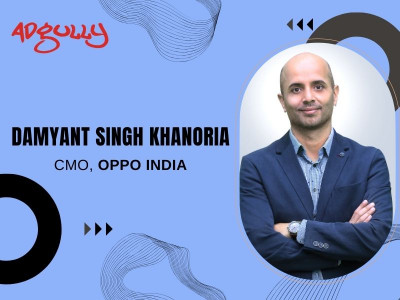
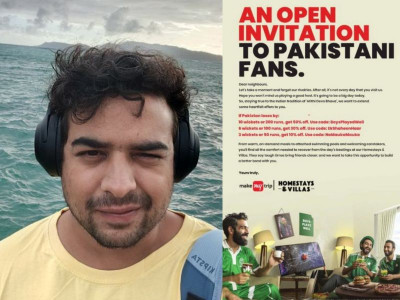


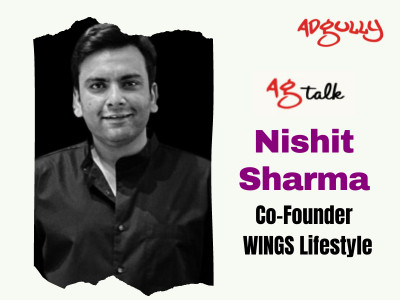
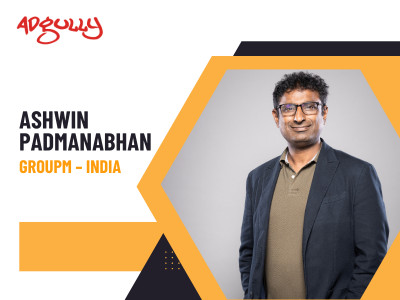
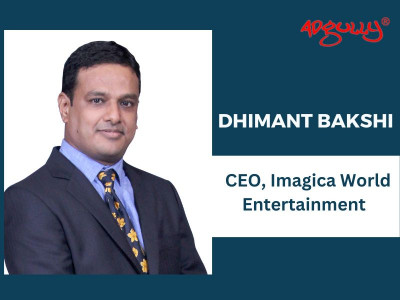
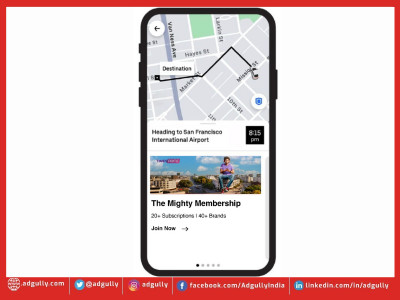
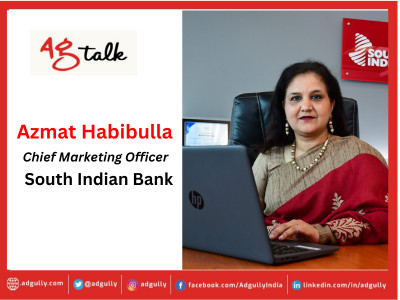

Share
Facebook
YouTube
Tweet
Twitter
LinkedIn